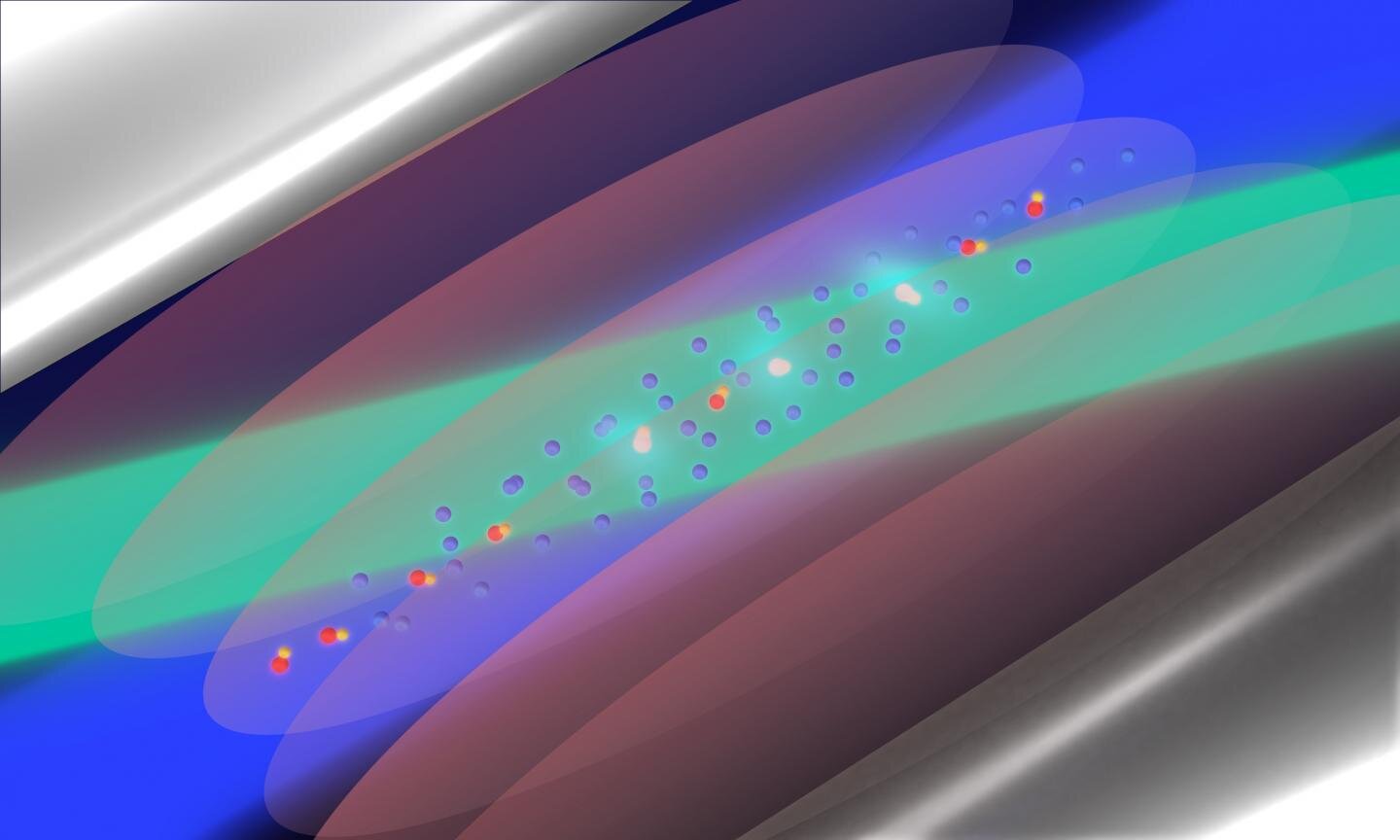Most of the universe is made of one of two kinds of mysterious substances, called dark matter and dark energy. From all the evidence, these two cosmic components only interact with “normal” matter through the gravitational force. And a recent nuclear experiment reveals no presence of any dark contamination in the bonds between atomic nuclei to a level twenty times better than previously recorded.
The stuff you and me are made out of is called “normal” matter, despite the fact that it makes up less than 5% of all the matter and energy in the universe. Besides people, planets, stars, and random gas clouds, the cosmos is also composed of dark matter and dark energy.
We can’t see the dark matter directly (hence the name), but we know it’s out there based on its gravitational relationships with everything else. It makes stars orbit faster than they would otherwise inside galaxies, it makes galaxies zip around faster inside of clusters, and it shapes and sculpts the largest structures in the universe.
And as for dark energy, that’s just the name we give to the accelerated expansion of the universe, and that’s about all we know about it.
As far as we’ve been able to measure, dark matter only connects to normal matter through its gentle gravitational whispers and subtle tugs. But we don’t know for sure if dark matter also talks to normal through one of the other three fundamental forces (strong nuclear, weak nuclear, or electromagnetic) or if there are new, fifth forces of nature floating around.
One way to poke at this is to very carefully measure various atomic and nuclear properties and compare those properties to what we expect from known physics. If there’s a major discrepancy, it could be a sign that there’s more to the dark side of the universe.
The latest in these experiments was performed in Dusseldorf, Germany, and concerned a peculiar atomic creature known as HD+. This little fella is a proton paired with a deuteron (which is itself made of one proton and one neutron), with a single electron hanging out nearby.
The distance between the proton and the deuteron in HD+ can be calculated from our understanding of quantum physics and the nature of the forces, and the team in Dusseldorf measured this distance by carefully monitoring its rotation rate when hit by lasers.
The end result: exactly what we expected. Their measurements agreed with theoretical predictions, as they have for the past century, but this time to a level twenty times more precise that before.
If you want to live in a universe with fifth forces or extra, dark-based physics, it’s unlikely to be this one, as anything past the four known forces has to be incredibly weak in order to satisfy this stringent experimental results.


yeah, I’m pretty sure the ‘time’ particle interacts with gravitrons giving off the energy that creates dark matter.
the time particle traveling at near light speed at the event horizon of black holes has properties of dark matter. i hope someone looks into this
To be a fundamental particle – and time seems fundamental – it needs to have a quantum field. We don’t see that.
Further, time would have especial problems if a field, since you need time to express dynamics in the first place, such as wavefunctions. The only “static” wavefunction solution I can think of is “the wavefunction of the universe”, the Wheeler–DeWitt equation [ https://en.wikipedia.org/wiki/Wheeler%E2%80%93DeWitt_equation ]. The problem is that – as you would expect – time disappears out of the equation. “… the Hamiltonian no longer determines evolution of the system, so the Schrödinger equation … no longer applies. This property is known as timelessness.”
In a simple relativistic physics*, time is what you observe with clocks [ https://en.wikipedia.org/wiki/Time_dilation#Clock_hypothesis ].
So no, I can almost guarantee that no one is looking into that.
*Which is yet another problem for the idea of time being a particle, since quantum fields are already relativistic. So conversely time should be precisely – as far as we know – observed by clocks.
clocks measure themselves
Thanks, always interesting to see what catches the interest of people involved in cosmology!
I see that I left some comments at one of the links – beyond the ever better exclusion of anything else than gravity interacting with dark matter in various experiments – I was impressed by that the results test the new particle physicist/cosmologist CODATA summary between CODATA 2014 and CODATA 2018. It saw some major changes I think [not my area] and they seem to have been for the better.
Gravity, and perhaps Higgs – if I should nitpick it could be time to add the short distance Higgs force to the fundamental interaction pantheon. Though I suspect it hasn’t been experimentally verified yet. “So far, there are four well-studied forces: gravity, electricity/magnetism, the strong nuclear force, and the weak nuclear force. Moreover, scientists are already fully confident there is a fifth force, predicted but not yet measured, that is generated by the Higgs field.” [Matt Strassler, particle physicist, 2019.]